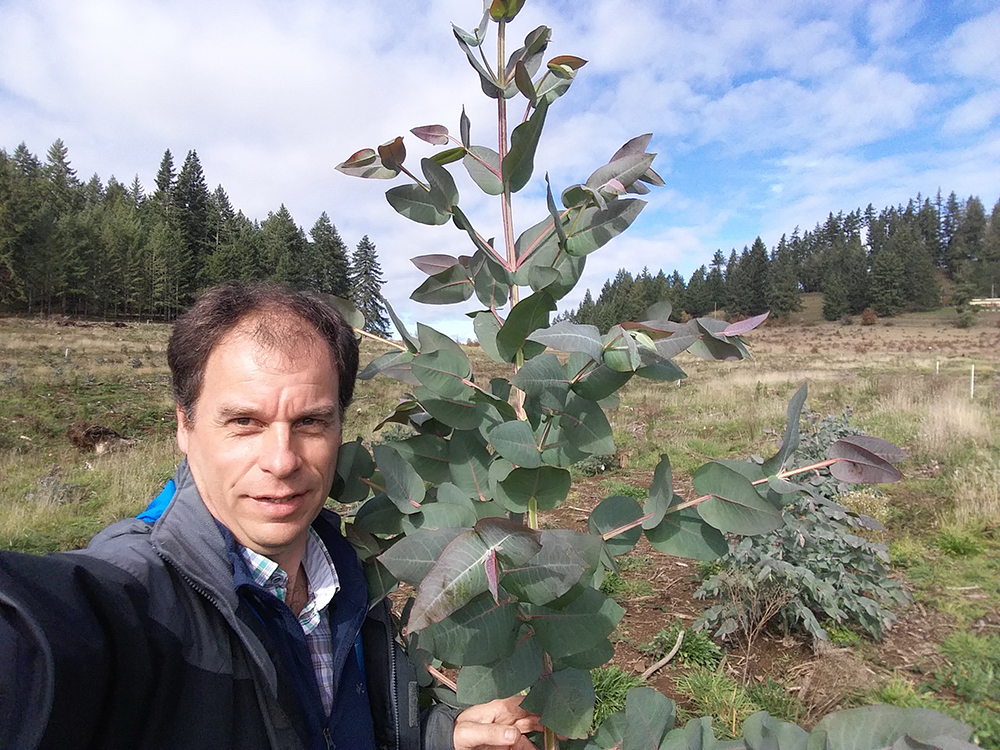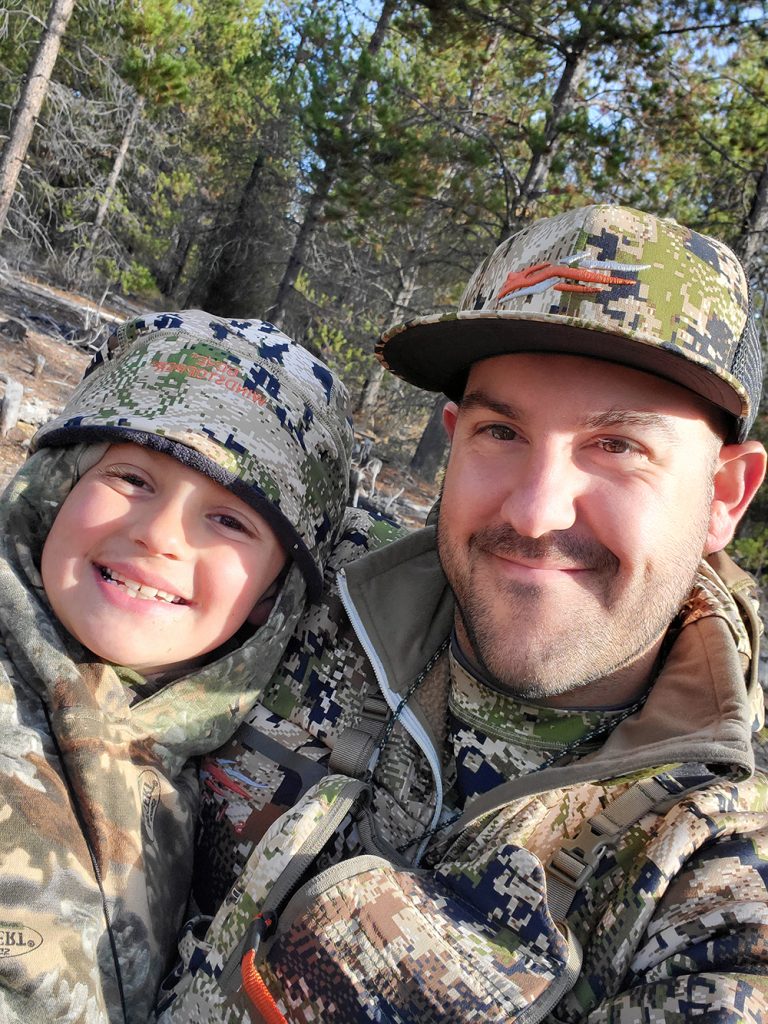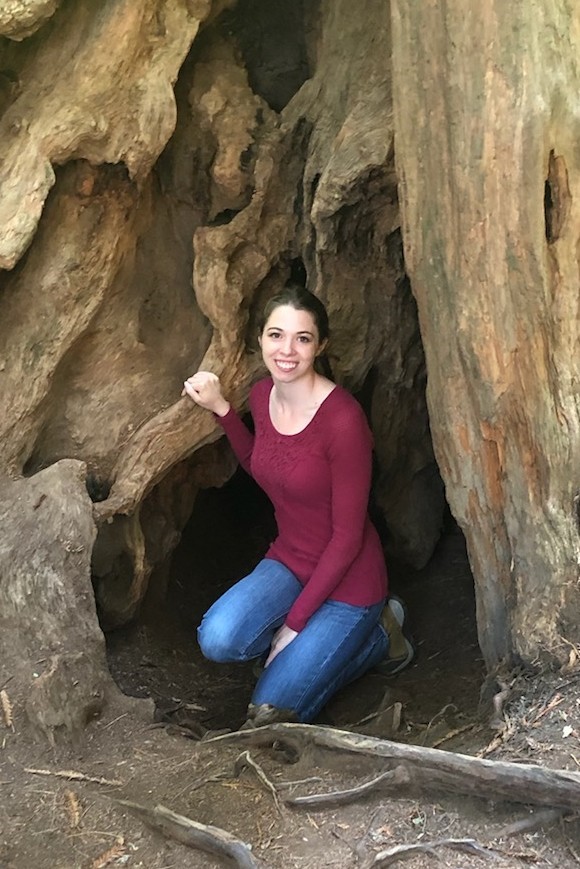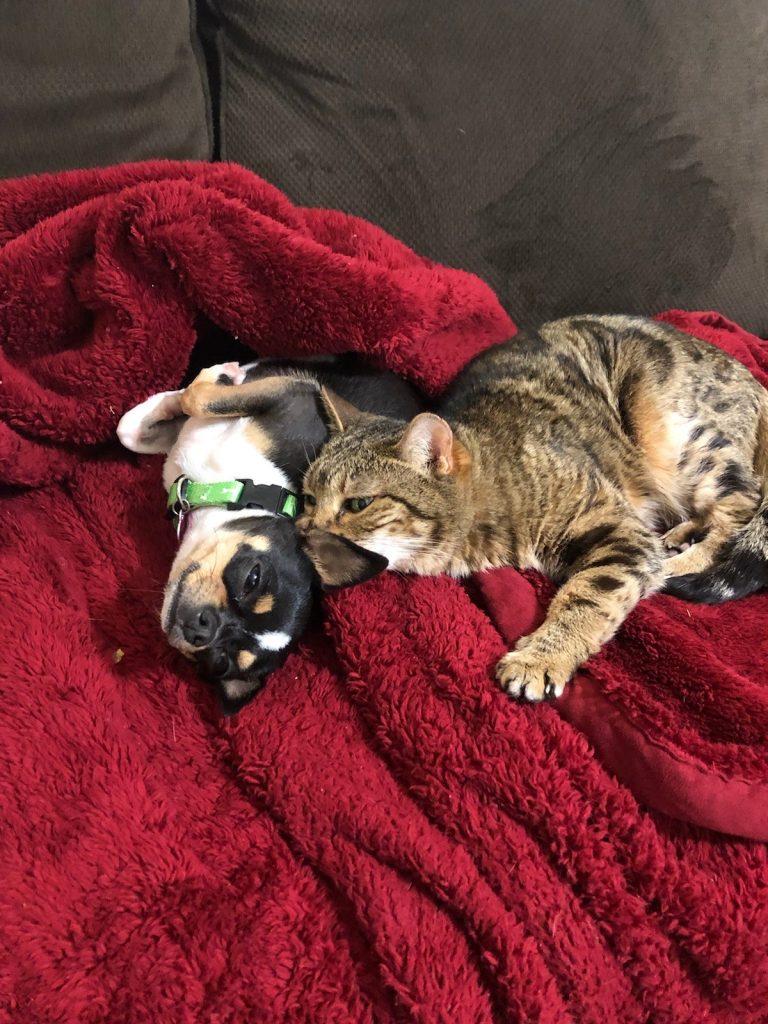What are you studying?
I’m currently working on my Masters with Dr. Ashley D’Antonio. Our lab uses mixed-method, interdisciplinary approaches to understand human behavior and their social/ecological impacts within parks and protected areas. For the past two years, my research has been in Grand Teton National Park where I conducted a visitor use and experience study at a popular lake destination.

How did you end up studying tourism and recreation management?
My path to this point has certainly not been linear! My undergraduate degree is in History, specifically 20th century European history, so pretty hard to make a connection there. But I loved my liberal arts education and still am a total history buff. During the summers in college, I did trail work and trail design in Colorado. This experience catalyzed my interest in outdoor work, recreation management, and conservation. After college I worked for an ecological research unit in Fairbanks Alaska which further ignited my interest in science, data collection and analysis. After that I worked in communications and program management for local non-profits.
What I’m doing now is a perfect combination of all these experiences: ecological research, social science, communications, and outdoor recreation.

What do you love about your work now?
I love how dynamic and applied the work is. I have the opportunity to work with a diversity of data types: spatial data, ecological data, survey data, etc. This work inspired me to get a GIS certificate in tandem with my Master’s. And I appreciate that most of our work directly informs management decisions in outdoor spaces.
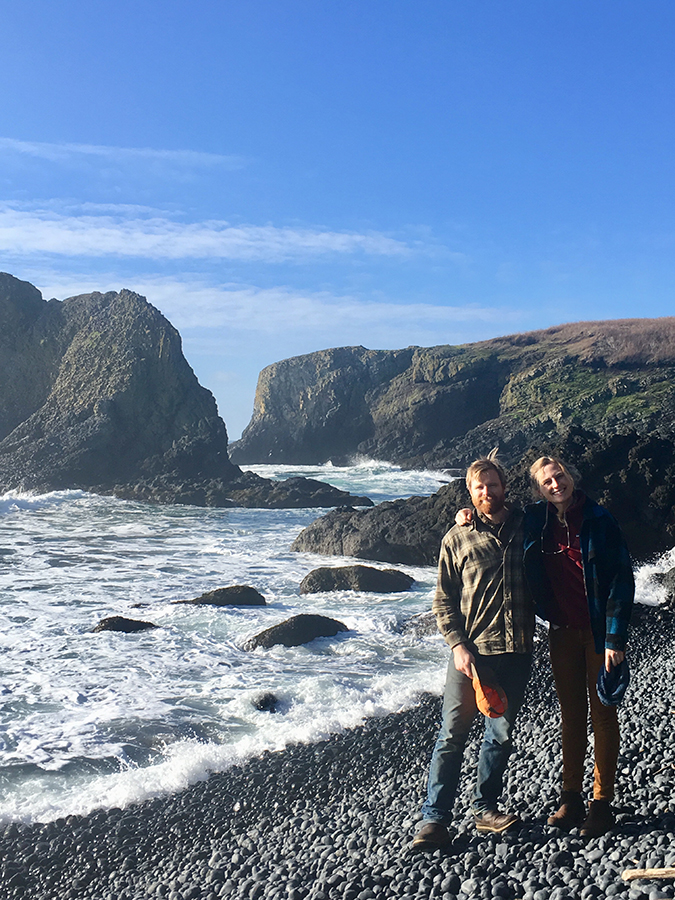
What do you do when you’re not working?
Well, I just had a baby, and my partner is in school for Mechanical Engineering, so we have been busy! But outside of that, my interests are simple but make me happy: hiking, reading novels, gardening, laughing and trying to craft all my Christmas gifts.
Have you watched any good shows lately?
I just watched the Canadian show, Working Moms. The show was irreverent and refreshing to watch. Oh and I recently binge watched Derry Girls – takes place in Northern Ireland in the 1990’s. So good.
Tell us about your family.
My partner, Marshall and I just joyfully welcomed a new baby into our lives, Hudson James. Marshall and I have been together for nearly a decade. He is definitely the yin to my yang: calm, steadfast, and easy going where I can be excitable, impulsive, and just a little uptight! We make a well balanced team.
What’s your favorite place to nap?
I think hammock napping takes the cake: being outside on a warm day under a tree with a gin and tonic (or two). So happy, so sleepy thinking about it.
Do you have a favorite snack?
It has to be cheese. And not even fancy cheese. I could eat my weight in cheddar cheese.









